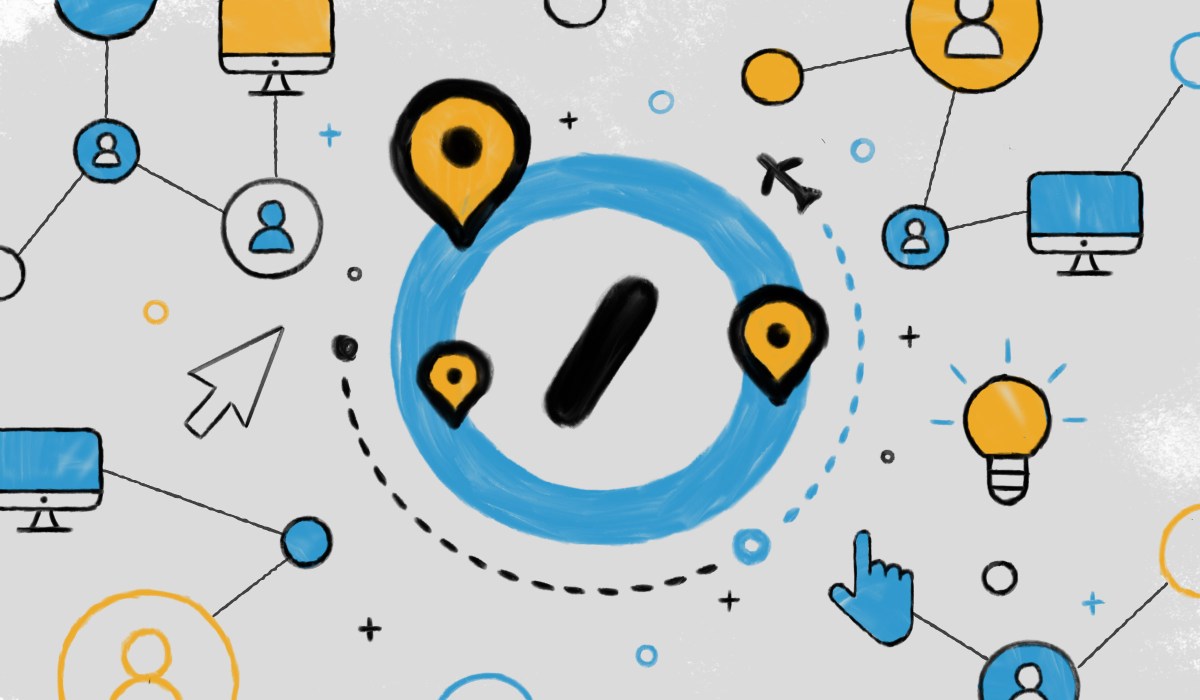
In Distributed FAQ, Matt Mullenweg addresses some of the most common issues companies and executives face as they consider transitioning to a distributed model.
Q: When interviewing candidates, are there any tactics you recommend to better assess candidates’ fit with a distributed workforce?
A: At Automattic, one thing we try to do is set our expectations publicly so they are obvious. We stress our company-wide travel expectations (3-4 weeks a year), and highlight our benefits. We do this to add a layer of self-selection to the process. We also do trial projects, which last a few weeks and are incredibly valuable when making hiring assessments.
Transparency is key. We put a lot of thought into our hiring process to ensure that it reflects our culture in order to manage job applicants’ expectations. For example, we include our Creed as part of the standard offer letter.
Q: We are currently hiring for a few roles and it’s quite likely that the entire process will be remote. Is there anything we need to look out for, or do differently than in a non-distributed context?
A: Our entire hiring process can oftentimes be conducted over Slack. Every new hire starts with two weeks of support, which is a hands-on opportunity to learn about our products and to develop empathy for our customers. Our support folks — Automattic’s Happiness Engineers — are our welcome wagon.
To learn more about distributed hiring:
- Listen to Matt’s conversation with Automattic’s Head of Developer Experience, Cate Huston, here on the Distributed Podcast.
- Read a recent interview with Automattic’s Global Head of Human Resources, Lori McLeese.
